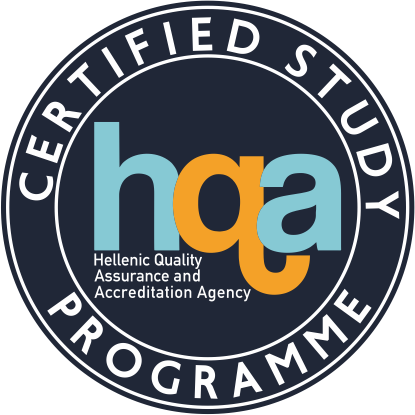Interpretation and Analysis of Geological Maps
Posted in Eighth-Semester
| School |
Natural Sciences |
Academic Unit
|
Geology Department |
Level of Studies
|
Undergraduate |
Course Code
|
GEO_810E |
| Εξάμηνο σπουδών |
8ο |
Course Title
|
Interpretation and Analysis of Geological Maps |
Independent Teaching Activities
|
Lectures, laboratory work and tutorial work |
Weekly Teaching Hours
|
2Θ+1ΕΡΓ+1T |
| Credits |
5 |
Course Type
|
General Knowledge/ Field of Science |
Prerequisite Courses
|
No |
Language of Instruction & Examinations
|
Greek. Teaching may be however performed in English in case foreign students attend the course. |
Is the Course offered to Erasmus Students
|
Yes |
| Course Web-Page (URL) |
|
Learning Outcomes
|
The course aims at undergraduate students who understand and have the basic skills and knowledge in Geology. The aim of the course is to acquire advanced knowledge and skills in the analysis and synthesis of simple geological maps.
The student with the successful completion of the course will be able:
- To know the different types of thematic-geological maps
- To know and be able to use the geological compass in combination with topographic/geological maps
- To construct simple structural contour maps in areas of moderate difficulty
- Construct simple geological cross-sections by using structural contours, surface data and wellbore data.
- Perform simple geometric calculations on geological maps and cross sections.
- Perform synthetic interpretations from geological maps and stereographic projection data.
|
General Competences
|
- Search, analyze and synthesize data and information using the necessary technologies,
- Autonomous work,
- Teamwork,
- Promote free, creative and inductive thinking.
|
| Syllabus |
The content of the course includes the following chapters:
- Types of thematic-geological maps
- Introduction to the topographic-geologic map
- Chartographic projections
- Coordinate systems
- Geomorphology and topography
- Geological compass and navigation on maps.
- Interpretation and analysis in areas of dipping beds, unconformities, faults and folds.
- Geological mapping in complex areas
- Interpretation of photogeological maps
- Methods of construction of simple geological cross-sections with various techniques.
- Geometric calculations on geological maps and cross-sections
|
| Delivery |
Lectures, laboratory work and tutorials face to face |
Use of Information & Communication Technology
|
|
Teaching Methods
|
| Activity |
Semester workload |
| Lectures (2 conduct hours per week x 13 weeks) |
2×13=26 |
| Laboratory Work |
1×13=13 |
| Tutorial |
1×13=13 |
| Students Report |
26 |
| Hours for private study of the student |
47 |
| Total number of hours for the Course |
125 |
|
Student Performance Evaluation
|
Written examinations at the end of the semester, in Greek, which include problem solving as well as short answer questions |
Attached Bibliography
|
Recommended Literature :
- Maltman Α. 1990. Geological Maps - An Introduction. Open University Press
- Miller V. C. and Miller C. F.: Photogeology- McGraw-Hill Books
|





